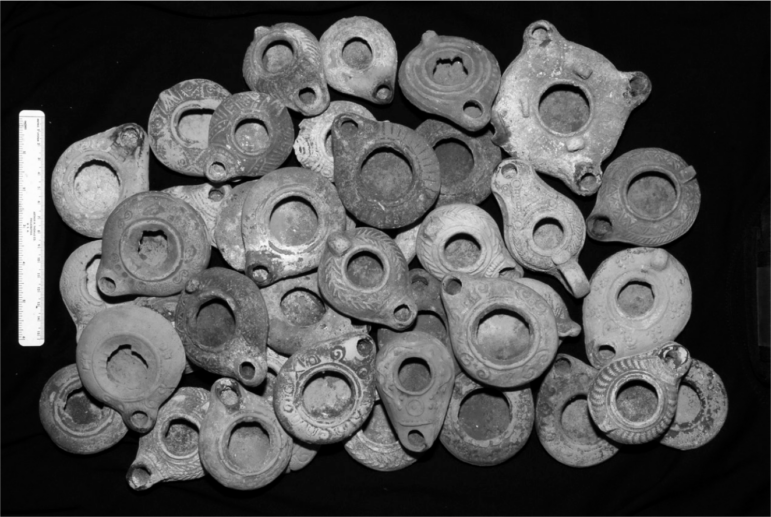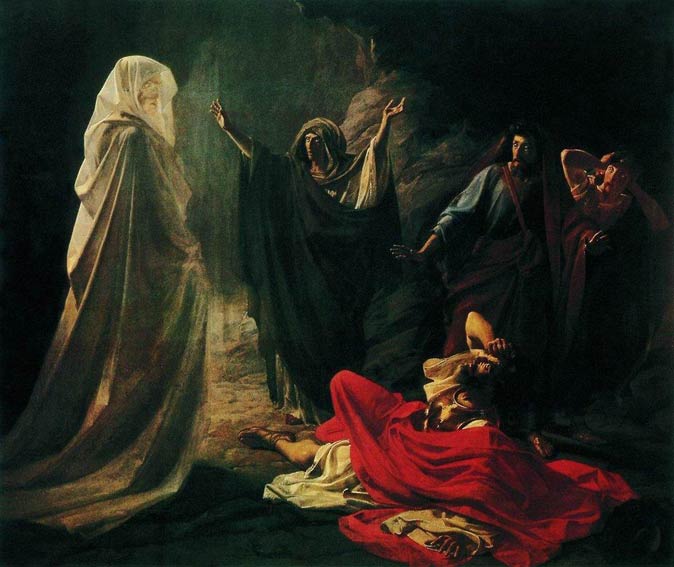JERUSALEM – Israeli archeologists announced today that they have uncovered evidence of necromantic practice in the Jerusalem Hills in the Te’omim Cave or Twin Caves. The research was published by Harvard Theological Review.
The Jerusalem Hills, also known as the Judean Hills, are a mountain range located in central Israel, just west of Jerusalem. They form part of the larger Judean Mountain range that stretches from the southern part of the West Bank to the outskirts of Jerusalem. The Jerusalem Hills are characterized by their rugged terrain, rolling hills, and deep valleys. The landscape is dotted with numerous archaeological sites, nature reserves, and forests, making it a popular destination for hiking, nature walks, and outdoor activities. They have been the subject of archeological research and excavations since the 18th Century.
One notable site in the Jerusalem Hills is the Twin Caves, also known as the Cave of the Column and the Cave of the Wind. These caves are located in the vicinity of the village of Beit Jamal, about 30 kilometers (18 miles) west of Jerusalem.
The Twin Caves are known for their impressive stalactite and stalagmite formations, which have been shaped over thousands of years by the slow dripping of water. The caves are accessible to visitors, and guided tours provide an opportunity to explore the fascinating underground world and learn about the geological processes that have created these unique formations.
The Twin Caves are also of historical and cultural significance. There is evidence of human habitation in the caves and hills since 1,500 BCE. More recently and according to tradition, the caves served as hideouts for Jewish rebels during the Bar Kokhba revolt against the Romans in the 2nd century CE. Inscriptions and artifacts discovered within the caves provide evidence of human habitation during that period.
The announcement came from Professor Boaz Zissu from the Martin (Szusz) Department of Land of Israel Studies and Archaeology at Bar-Ilan University and Eitan Klein of the Israel Antiquities Authority, authors of the study.
“We are studying this cave from 2009 with remarkable discoveries. We uncovered the largest hoard of coins hidden by rebels during the Bar Kokhba revolt” Zissu said while describing the location.
“Now there’s traces of a pagan ritual with more than 120 oil lamps, much earlier weapons hidden together with the oil lamps, and fragments of three human skulls, and very interesting parallels to written sources and paper found in Egypt,” Zissu said, adding they are “exploring the very interesting options.”
The researchers said that the artifacts found in the caves may have been part of “necromancy ceremonies that took place in the cave during the Late Roman period [ca. 284–641 CE], and that the cave may have served as a local oracle,” with healing properties. Zissu notes also that shrines of this type are typically found “in caves or next to water sources” and were believed to be “possible portals to the underworld.”

Group of intact oil lamps discovered in the Te’omim Cave (mostly in L. 3036) in the 2012 season (photo: B. Zissu under the Te’omim Cave Archaeological Project)
Zissu added that the cave may have been “consecrated to a chthonic (underworld) deity.” Description of rituals involving skulls are not fully described by classical sources. So, the researchers conclude that the ritual items and skulls found in the cave were “used mostly for secret rites involving necromancy and communication with the dead, mainly by witches.”
Regarding the location of such shrines, Zissu said, “We were lucky to know where to look for these finds.” The researchers have now been able to find, catalog, excavate, and preserve the artifacts found in the caves.

Witch of Endor by Nikolai Ge, 1857.
The find evokes the Biblical story of the Witch of Endor mentioned in the Old Testament of the Bible, specifically in the First Book of Samuel, Chapter 28. According to the biblical account, King Saul of Israel sought guidance from a witch who resided in the town of Endor. The witch of Endor was known for her ability to communicate with spirits and the dead. When Saul requested her assistance, he asked her to bring up the spirit of the prophet Samuel, who had died previously. The Witch of Endor performed a ritual and succeeds in summoning the spirit of Samuel.
The Biblical story is a cautionary tale of an act of disobedience by Saul as the practice of witchcraft or necromancy was forbidden in Israelite religious law. The research notes that caves have been places that rabbis have perceived as spaces of idolatry.
Nevertheless, the researchers note “Necromancy was accepted in the Levant and the ancient East.” They also note the use of necromancy throughout the Roman world and even Christian theologian Hippolytus of Rome was intrigued by speaking skulls.
The researchers suggest that the resident of the caves were not Jewish. They write, “We suggest that the participants in the cult in the cave were mainly non-Jewish residents of the area.” They cautiously propose that the cave may have “served as a local oracle (nekyomanteion) for this purpose.”
The researchers add, “The findings and their specific archaeological contexts provide a better understanding of divination rites that were probably held in the cave and shed a more tangible light over the spells of the Greek and Demotic Magical Papyri.”
The Wild Hunt is not responsible for links to external content.
To join a conversation on this post:
Visit our The Wild Hunt subreddit! Point your favorite browser to https://www.reddit.com/r/The_Wild_Hunt_News/, then click “JOIN”. Make sure to click the bell, too, to be notified of new articles posted to our subreddit.
